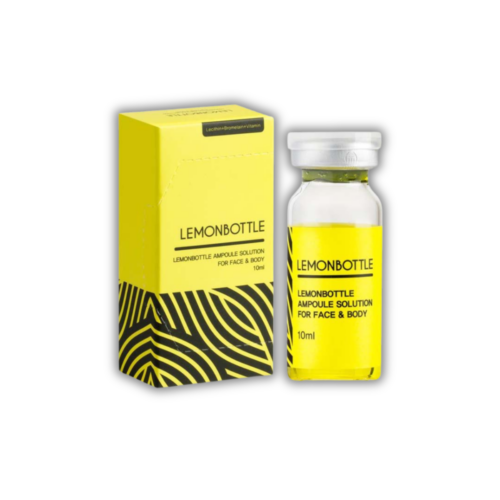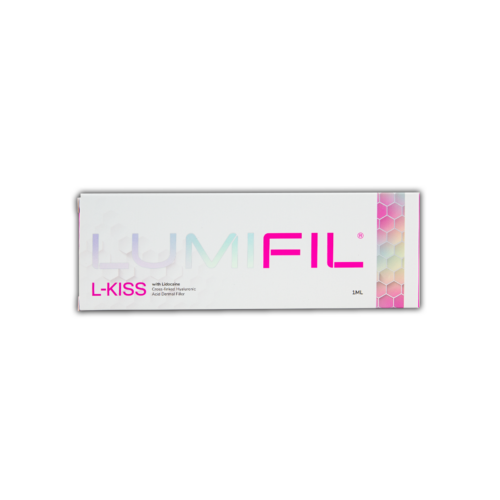Order by 3pm to Get Next Working Day Delivery
Save an extra 10%
-
HOT

Lemon Bottle ( 1 Vial )
£29.99 £24.99 ex. VAT -
HOT

Lumifil Kiss
£20.40 £17.00 ex. VAT



Have you ever caught yourself in a photo and wished your jawline looked softer or your smile more relaxed? While most people think of Botox as a treatment for forehead wrinkles, it’s becoming a go-to solution for reshaping and refining the lower face.
The area from your nose down to your neck greatly affects how young and refreshed you look. So, Botox can be the option you might be looking for. People increasingly discover that a few well-placed Botox injections in the lower face can make subtle but noticeable improvements.
Let’s discuss everything you need to know about using Botox to refine your lower face, from how it works to what you can realistically expect. A deep understanding can help you make the best decision for yourself.
Are you wondering how Botox injections can be used in lower face areas? Let’s explore the main sites where Botox can give you a lifting appearance:
When Botox is injected into your jaw muscles (masseters), it helps relax these strong chewing muscles that can make your face look square or wide. Many love this treatment because it can create a softer, more oval face shape without surgery.
Does your chin look bumpy or dimpled like an orange peel, especially when you talk? That’s your mentalis muscle working overtime. A few tiny Botox injections can help relax this muscle, giving you a smoother, more polished look when you speak or smile.
Sometimes, the muscles that pull down the corners of your mouth (DAOs) can be overactive, making you look sad even when you’re happy. Small amounts of Botox can relax these muscles, giving your mouth a slightly upturned appearance.
Those vertical bands that pop out in your neck when you talk or strain? They’re called platysmal bands, and they can make you look older than you feel. Botox can soften these bands, making your neck look smoother and more youthful.
Getting Botox in your lower face isn’t as scary as it might sound. Once you know what to expect before, during, and after the treatment, it can be easy.
Your journey starts with a simple sit-down with your provider. During this chat, they’ll look at your face, ask what bothers you, and discuss your goals. They’ll also check your medical history to ensure Botox is safe.
Your provider will clean your face and mark the injection spots with a white pencil. Then, using a super-tiny needle, they’ll inject tiny doses of Botox into specific areas of your lower face. Most people say it feels like tiny pinches.
This is one of the quickest cosmetic treatments around. You could walk in and out during your lunch break. The whole process, from sitting in the treatment chair to when you’re ready to leave, usually takes about 30 minutes.
Most people are surprised by how comfortable the treatment is. While you might feel small pinches, it’s usually more of a strange sensation than actual pain. If you’re worried, your provider can apply a numbing cream 15 minutes before starting.
Right after your treatment, you might see tiny red dots where the needles went in. Your provider will give you simple instructions, such as no touching or massaging the area for a few hours, staying upright for 4 hours, and skipping the gym for the rest of the day. Otherwise, you can go right back to your normal routine.
Want to know when you’ll start seeing changes after your Botox treatment? Let’s break down the timeline of what you can expect.
Most people start noticing changes within 3-4 days after their treatment. You might wake up one morning and realise your jaw feels more relaxed, or friends might comment that you look refreshed.
Your Botox will reach its full effect around two weeks after treatment. This is when you’ll see the complete picture—your jawline might appear slimmer, your chin smoother, or your downturned smile corners lifted.
The good news is that Botox in the lower face usually lasts 3-6 months. For some people, especially in the jaw area, it might last up to 6-8 months. But you may need maintenance appointments a few times a year to keep your results looking fresh.
Several things can make your Botox wear off faster or slower. If you exercise a lot, grind your teeth, or have a very expressive face, it may wear off quickly.
Are you wondering how often you should get Botox injections? Most providers suggest booking your next appointment when you start noticing the effects wearing off. For most people, this means coming back every 4-6 months. Some people find they need less Botox over time as their muscles become trained to be more relaxed.
Before you book your Botox appointment, you should know some key things. Let’s consider the most important factors before getting your lower face treated.
The best candidates for lower face Botox are those over 18 who want to slim their jawline, reduce teeth grinding, or lift downturned mouth corners. You should be in good general health and have realistic expectations.
Some people should avoid Botox, including pregnant or breastfeeding women, those with certain nerve or muscle conditions, or anyone with an active infection in the treatment area.
Most side effects are usually mild and short-lived, such as slight bruising, swelling, or tenderness that makes it feel like you have worked out your jaw muscles. Serious side effects are rare but possible.
This is the most important decision you’ll make. Seek a licensed medical professional with specialised training in facial Botox. Check their before-and-after photos, read reviews, and don’t be shy about asking questions.
Getting Botox in your lower face is like getting a flu shot. Here’s your easy-to-follow guide on what to do (and what not to do) after your treatment to get the best results possible.
Note: When in doubt, it’s always better to call your provider and ask questions. They’re here to help and ensure you have a great experience.
Suggested reading: Best tips for achieving younger-looking lips
Botox in your lower face can be a subtle way to achieve a smoother and more polished appearance. It’s a quick procedure that can make a real difference in how your jaw, chin, and smile appear, with effects that last for several months. While there are some important things to consider, like choosing the right provider and following the aftercare rules, most people find it easy with minimal downtime. The key is to take your time making the decision, choose a qualified provider you trust, and have realistic expectations.
Botox can be used to treat areas like the jawline, chin, and neck to soften the appearance of lines, reduce muscle activity, and improve facial contours.